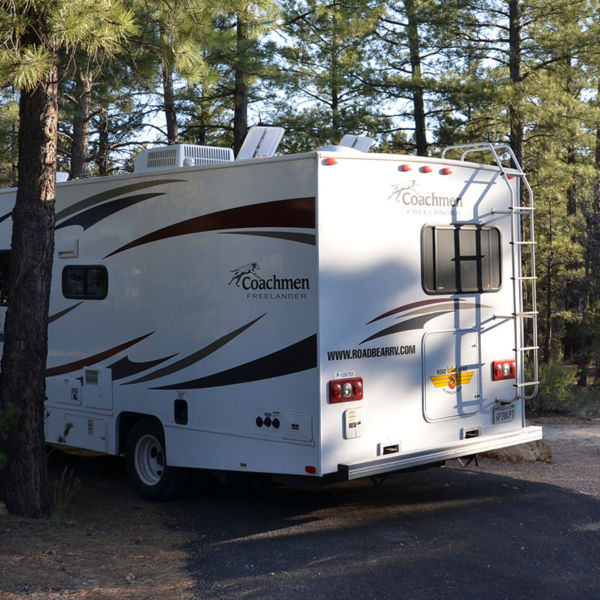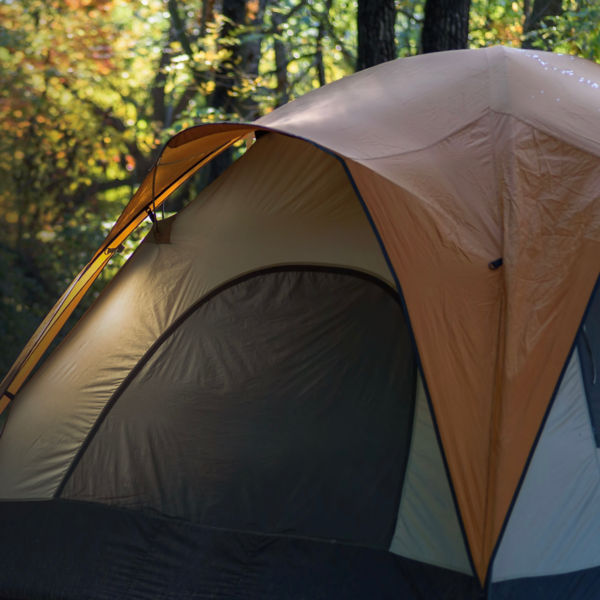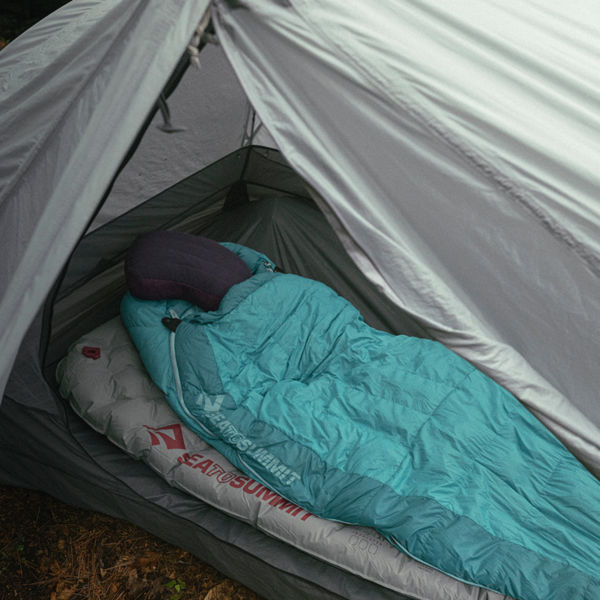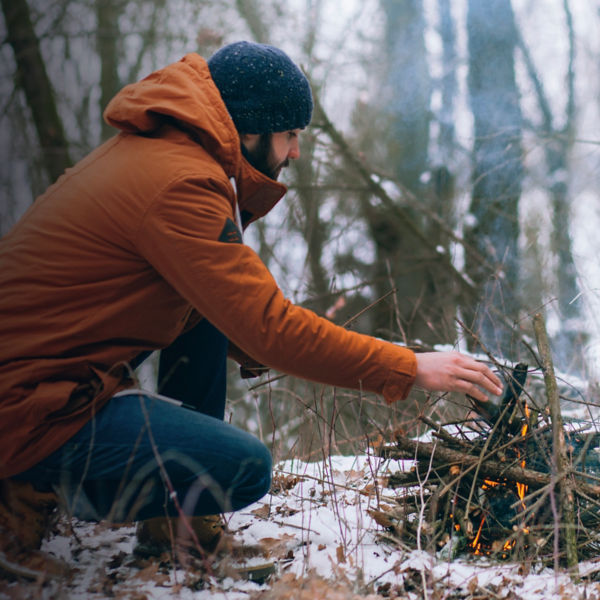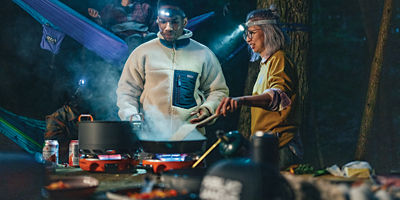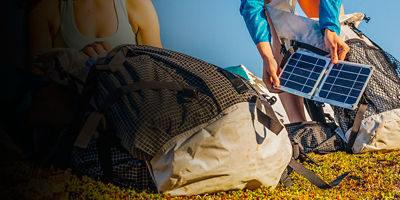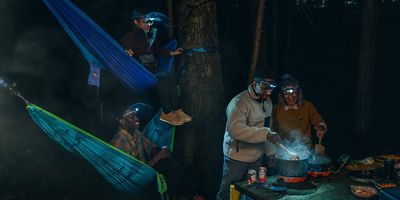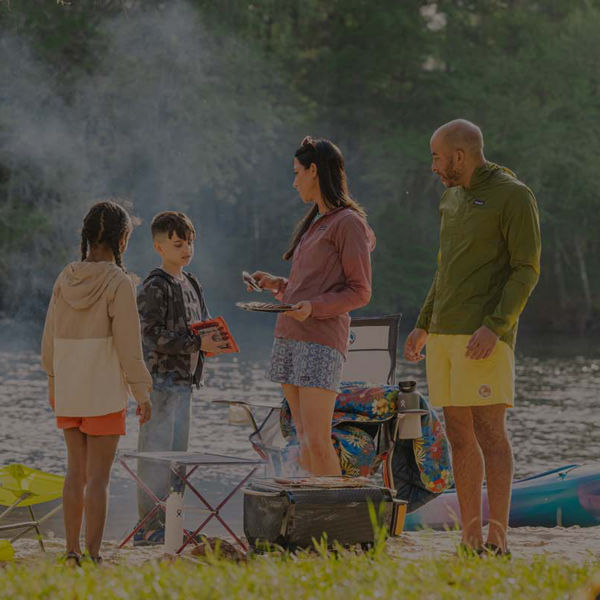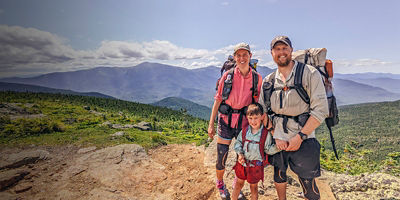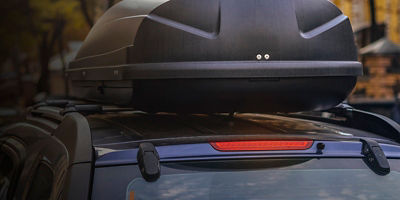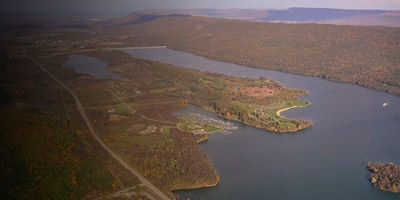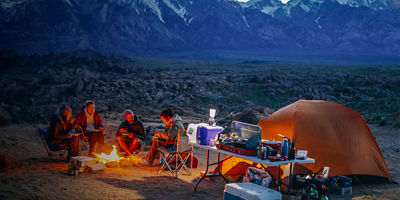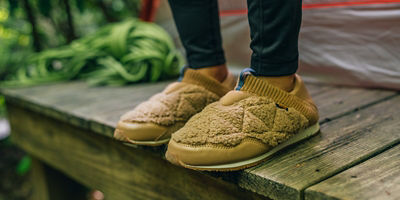
Haley Toy and Gary Huey have been on the road, living out of a Subaru Outback for over a year, traveling around to various state parks, national parks, festivals, and events. Their mission? Kindly educate any active outdoor people, from backpackers to festival-goers and all walks of life, how they can take simple actions to Leave No Trace—and keep natural areas as natural as possible.
Toy and Huey met while taking academic and outdoor leadership courses in Yosemite National Park during college. Traveling the country in the Subaru, the two now set up booths and host clinics in various outdoor recreation areas, utilizing their collective skills in graphic design, photography, marketing, and storytelling to try to communicate the 7 Principles of Leave No Trace “in a relevant way for everyone,” says Toy. Based on those principles, here’s the duo’s best advice on how fellow, recreational car campers can do better to minimize their impact, whether they’re first-timers or every-weekenders.
7 Easy Steps to Better Car Camping
1. Plan Ahead and Prepare
Look ahead to see if you need reservations, especially since camping has gotten so much busier over the last few years, says Huey. “Planning ahead keeps you from breaking rules…like not camping where you’re not supposed to,” says Huey. “When you’re more prepared, you’ll be more inclined to leave no trace, and your experience will be enhanced.”
And, think about what you need in relation to the weather, and pack accordingly: “If you’re car camping for a few nights, you can be comfortable,” adds Toy. “I always bring a comfortable pillow.” Another tip: Download offline maps on your smartphone to find the campsite, or trails, that you’re seeking to avoid wandering around on sensitive areas.
2. Travel and Camp on Durable Surfaces
Established campgrounds have smooth, flat tent pads that should be pretty obvious. “Place your tent where there’s already been heavy impact on a durable surface instead of creating new impact elsewhere in a campground,” says Toy. In a non-established campsite, like on BLM land, she adds, make sure you’re setting up your camp at least 200 feet away from any freshwater sources—washing dishes, going to the bathroom, cooking…you don’t want any of that to contaminate the water.

 Toy and Huey - draft_1?qlt=95&wid=1600&ts=1692039464023&dpr=on,1)












